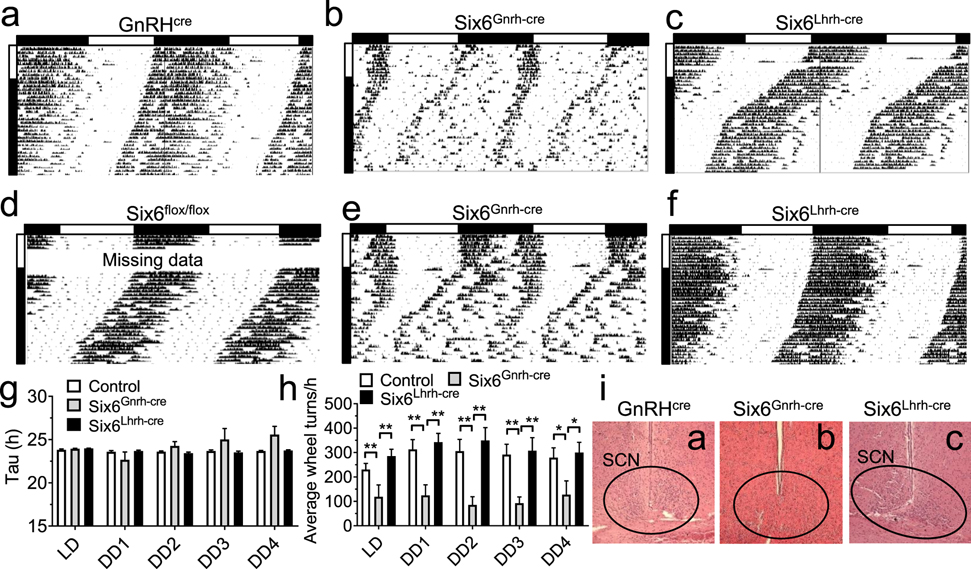Fig. 6. Six6Gnrh-cre but not Six6Lhrh-cre females have disrupted SCN output.
A–f Running-wheel patterns in GnRHcre, Six6flox/flox, Six6Gnrh-cre, and Six6Lhrh-cre females. Actograms show double plotted data expressed as percentage with 10 days in LD12:12 (LD) followed by 28 days in constant darkness (DD). Horizontal bar above the actograms indicated lights on (white) and lights off (black) during the LD12:12 cycle. g Seven-day average free-running periods (Tau) as established by Chi-square (ClockLab) and h average wheel-revolutions per hour for 7 days of data during LD, and DD week one through 4 (DD1–4). Statistical analysis by Two-way ANOVA followed by a Tukey’s multiple comparison test, *, p<0.05; **, p<0.01; n=5–10. i Illustrative H&E of coronal sections showing presence [i(a), and i(c), and absence of SCN, i(b)]. Magnification x10.

